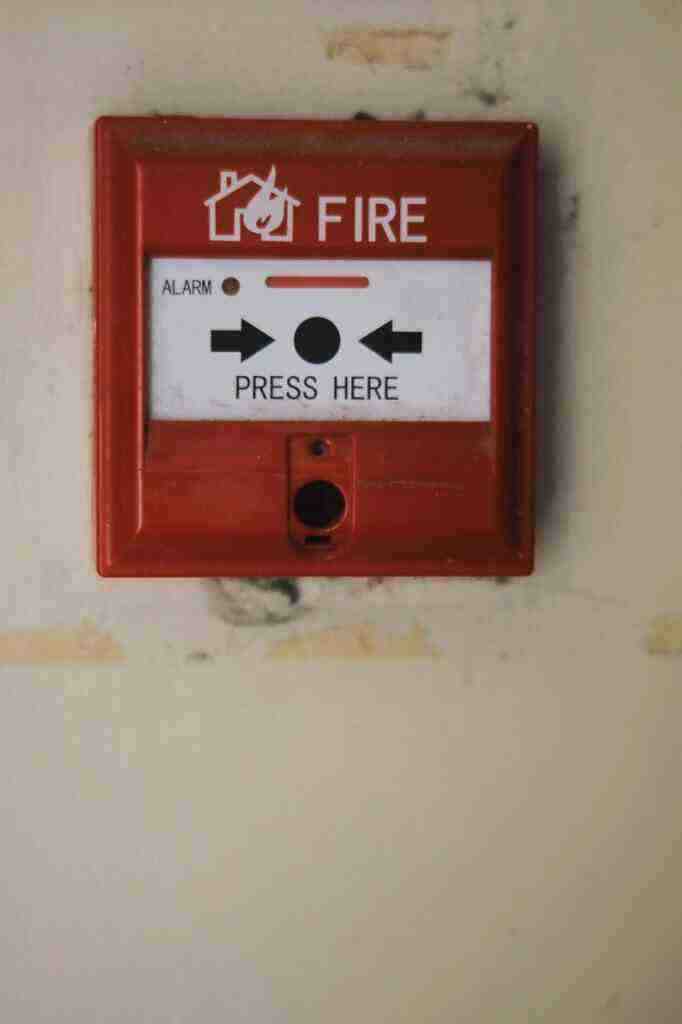Asteroid Hunter Discovers Harmless Fireball Impact Near Berlin
Early Detection and Visibility
On January 21, 2024, a small asteroid, designated as 2024 BXI, made a spectacular entrance into Earth’s atmosphere near Berlin, Germany. This event marked a rare occurrence, as it was only the eighth time scientists had managed to detect an incoming space rock before its impact.
The discovery of asteroid 2024 BXI is attributed to Krisztián Sárneczky, a dedicated asteroid hunter and astronomer at the Piszkéstető Mountain Station, part of Konkoly Observatory in Hungary. Utilizing the 60-cm Schmidt telescope at the observatory, Sárneczky identified the cosmic object, enabling NASA to provide a precise prediction of its impact location and time.
Live Documentation and Meteorite Disintegration
The asteroid’s impact was captured on camera by a live feed from the city of Leipzig in northern Germany. The footage revealed a dazzling meteor streaking across the night sky, appearing and vanishing within seconds. According to Denis Vida, a postdoctoral associate in meteor physics at Western University in Canada, the asteroid, estimated to be approximately 3.3 feet (1 meter) wide before impact, likely began disintegrating around 30 miles (50 kilometers) west of Berlin, potentially leaving a trail of meteorites along its trajectory.
Importance of Asteroid Detection and Challenges
Sárneczky’s discovery of 2024 BXI highlights the significance of early asteroid detection. Despite his remarkable contributions, including the detection of asteroid 2022 EB5 just hours before its impact, a vast majority of near-Earth asteroids remain undiscovered. According to the European Space Agency, approximately 99% of near-Earth asteroids smaller than 98 feet (30 meters) across have yet to be identified.
The elusive nature of these smaller asteroids poses a challenge for scientists, as they are often difficult to detect until they are in close proximity to Earth, making it challenging to predict impacts in advance. Additionally, certain asteroids can remain concealed within the sun’s glare, as witnessed in the 2013 Chelyabinsk meteor event in Russia. This surprise impact resulted in shattered windows, temporary blindness, ultraviolet burns, and injuries to over 1,600 individuals.
Technological Advancements in Asteroid Detection
In response to the potential hazards posed by undetected asteroids, government space agencies are actively developing innovative technologies to enhance asteroid detection capabilities. NASA’s NEO Surveyor satellite, scheduled for launch in 2027, and ESA’s NEOMIR, anticipated for launch after 2030, are significant initiatives aimed at scanning the skies for asteroids before they pose a threat to Earth.
Furthermore, the Vera C. Rubin Observatory in Chile, funded by the National Science Foundation, will commence ground-based cataloging of the solar system starting in 2025. This observatory is expected to make significant contributions to asteroid-hunting efforts, further improving our ability to detect and track potential impactors.
Conclusion
The detection and observation of asteroid 2024 BXI serve as a reminder of the ongoing efforts to enhance asteroid detection capabilities. While this particular impact was harmless, it underscores the importance of continued vigilance and technological advancements to mitigate potential risks posed by undetected asteroids. The dedication of asteroid hunters like Krisztián Sárneczky and the development of advanced detection systems play a crucial role in safeguarding our planet from the potential consequences of asteroid impacts.
Call to Action
As we continue to explore the vastness of space, it is imperative that we remain vigilant in our efforts to detect and track near-Earth asteroids. By supporting initiatives like the NEO Surveyor and NEOMIR missions, and encouraging the development of innovative asteroid detection technologies, we can collectively contribute to safeguarding our planet from potential cosmic threats.
